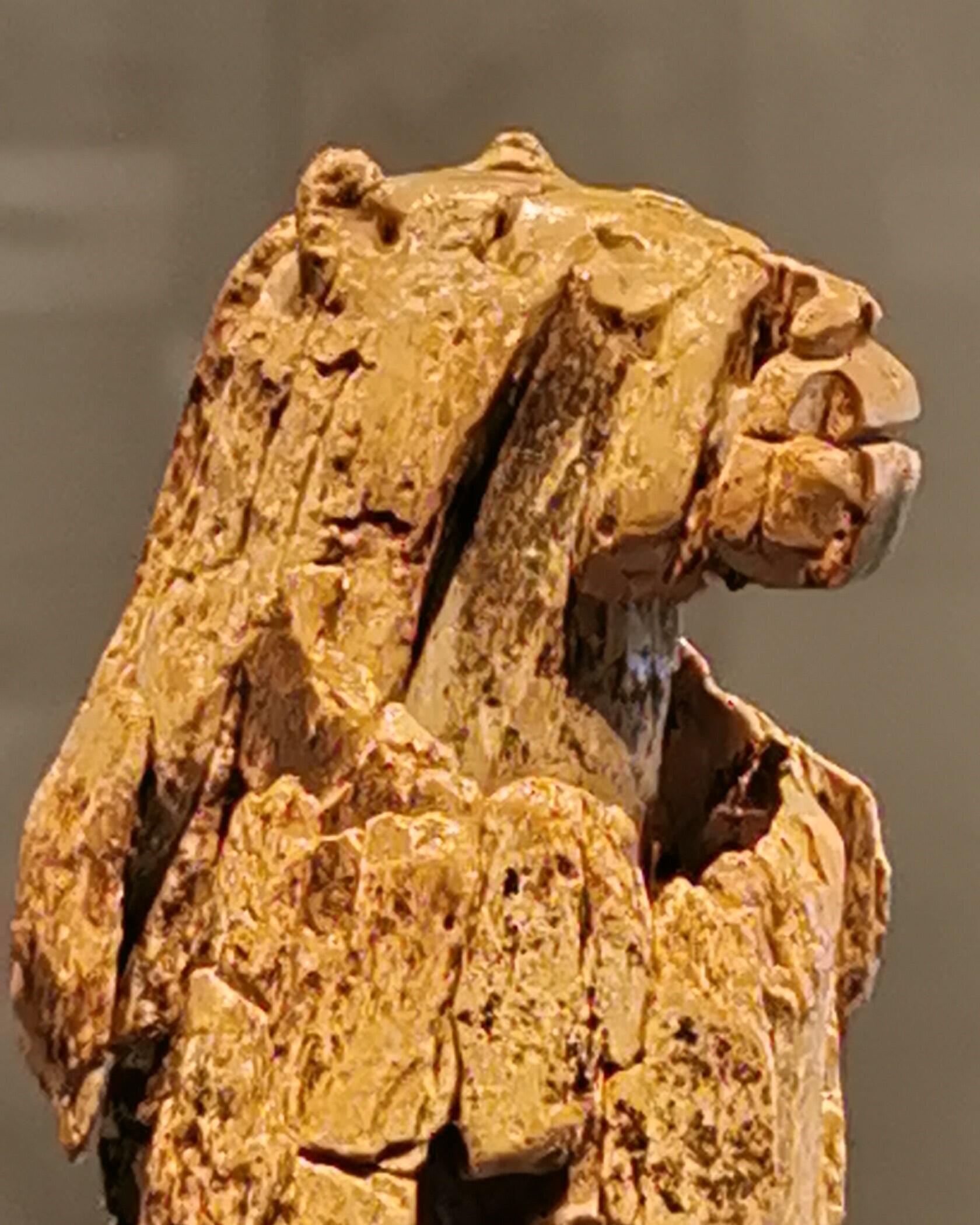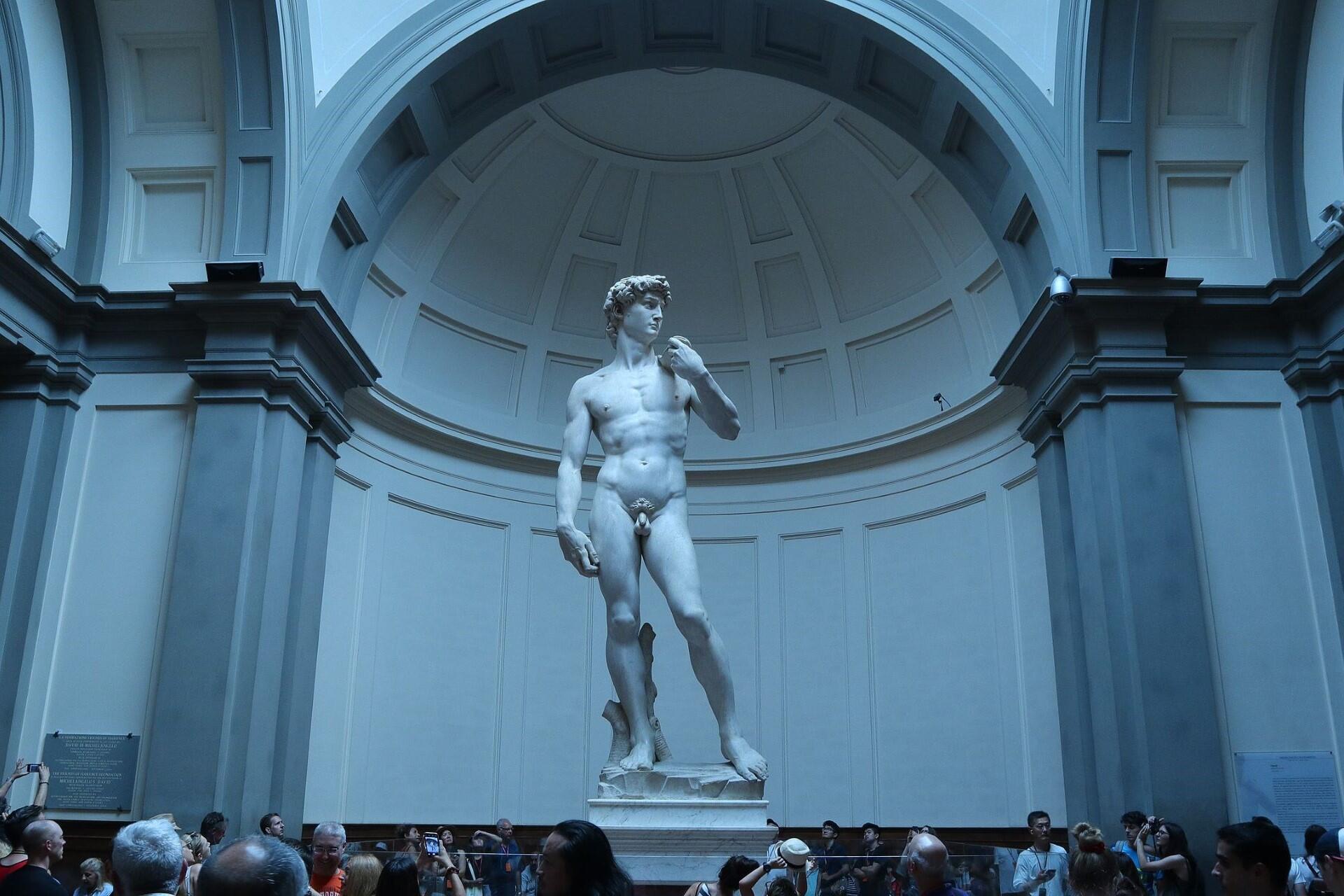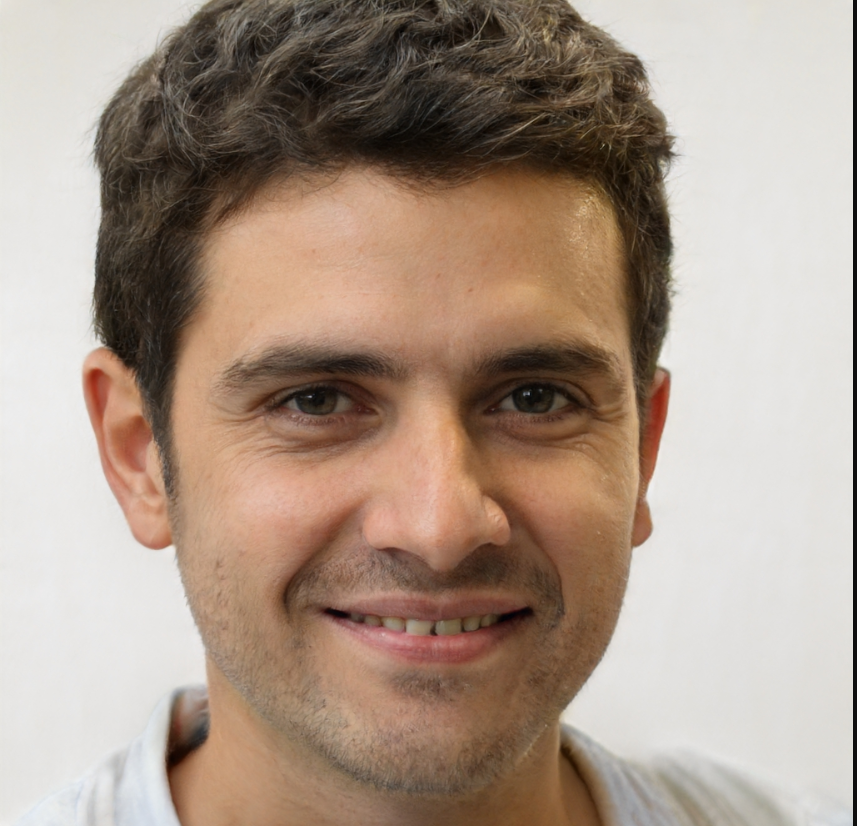The history of sculpture is as old as humanity. Some of the most famous sculptures were created long before the names of their artists were even known. From prehistoric figurines carved in Austria, ivory masterpieces in Germany, and the form-defining works of Italy and France, sculpture is the story of civilisation. Through the traditions and movements from Classical Greece to Renaissance, Baroque, and modern innovations in bronze, stone, and wood, sculpture is defined by great sculptors. Here is our list of the most influential sculptors, detailing their contributions and the impact they had on their art.
| Sculpture | Sculptor | Date | Material | Current Location | Notes |
|---|---|---|---|---|---|
| Löwenmensch (Lion-man) | Anonymous | c. 40,000 BP | Mammoth ivory | Museum Ulm, Germany | Among the oldest known figurative sculptures |
| Venus of Willendorf | Anonymous | c. 30,000 BP | Oolitic limestone | Natural History Museum, Vienna, Austria | Prehistoric figurine; fertility associations |
| Great Sphinx of Giza | Anonymous | c. 2500 BC | Limestone | Giza Plateau, Egypt | Attribution debated; Old Kingdom monument |
| Statue of Zeus at Olympia | Phidias | c. 435 BC | Gold and ivory (chryselephantine) | Lost (ancient Olympia) | One of the Seven Wonders of the Ancient World |
| Athena Parthenos | Phidias | c. 447–438 BC | Gold and ivory (chryselephantine) | Lost (original in Parthenon) | Known from ancient accounts and Roman copies |
| Athena Promachos | Phidias | c. 456–447 BC | Bronze | Lost (Acropolis of Athens) | Colossal bronze warrior statue |
| David (bronze) | Donatello | c. 1440s | Bronze | Museo Nazionale del Bargello, Florence, Italy | First freestanding nude male bronze since antiquity |
| Gattamelata | Donatello | 1453 | Bronze | Piazza del Santo, Padua, Italy | Early Renaissance equestrian monument |
| Saint George | Donatello | c. 1415–1417 | Marble | Museo Nazionale del Bargello (original), Florence | Replica at Orsanmichele |
| David | Michelangelo | 1501–1504 | Marble | Galleria dell'Accademia, Florence, Italy | Height 5.17 m; Renaissance icon |
| Pietà | Michelangelo | 1498–1499 | Marble | St. Peter’s Basilica, Vatican City | Signed by the artist |
| Moses (Tomb of Julius II) | Michelangelo | 1513–1515 | Marble | San Pietro in Vincoli, Rome, Italy | Part of the tomb project for Pope Julius II |
| Ecstasy of Saint Teresa | Gian Lorenzo Bernini | 1647–1652 | Marble (with bronze and stucco setting) | Cornaro Chapel, Santa Maria della Vittoria, Rome, Italy | Baroque multimedia installation |
| Apollo and Daphne | Gian Lorenzo Bernini | 1622–1625 | Marble | Galleria Borghese, Rome, Italy | Mythological transformation in motion |
| David | Gian Lorenzo Bernini | 1623–1624 | Marble | Galleria Borghese, Rome, Italy | Dynamic Baroque interpretation |
| Psyche Revived by Cupid’s Kiss | Antonio Canova | 1787–1793 | Marble | Louvre Museum, Paris, France | Also versions in other collections |
| The Three Graces | Antonio Canova | 1814–1817 | Marble | V&A/Scottish National Gallery (joint), UK | Neoclassical ideal of harmony |
| Perseus with the Head of Medusa | Antonio Canova | 1804–1806 | Marble | Vatican Museums, Vatican City | Neoclassical heroics |
| The Thinker | Auguste Rodin | conceived 1880; monumental 1904 | Bronze | Musée Rodin, Paris (multiple casts worldwide) | Icon of contemplation |
| The Kiss | Auguste Rodin | 1882–1889 | Marble | Musée Rodin, Paris (versions elsewhere) | Originally linked to 'The Gates of Hell' |
| The Gates of Hell | Auguste Rodin | begun 1880; ongoing until 1917 | Bronze/plaster | Musée d’Orsay & Musée Rodin, Paris (casts) | Portal with ~180 figures |
| Endless Column | Constantin Brancusi | 1937–1938 | Cast-iron modules on steel spine | Târgu Jiu, Romania | c. 30 m (98 ft) tall; UNESCO WH (2024) |
| Bird in Space | Constantin Brancusi | 1923–1940 (series) | Bronze/Marble | Various (MoMA, NGA, etc.) | Series of elegant abstractions |
| The Kiss | Constantin Brancusi | 1907–1908 | Limestone | Various versions | Early block-form abstraction |
| Guitar | Pablo Picasso | 1914 (sheet metal version) | Cut and folded sheet metal | MoMA, New York, USA | Sculptural Cubism/assemblage |
| Glass of Absinthe | Pablo Picasso | 1914 | Bronze with found spoon | MoMA, New York (one of several casts) | Six casts with real absinthe spoons |
| Bull’s Head | Pablo Picasso | 1942 | Found objects (bicycle seat & handlebars) | Musée Picasso, Paris, France | Readymade assemblage |
| Spiral Jetty | Robert Smithson | 1970 | Basalt, earth, salt crystals | Rozel Point, Great Salt Lake, Utah, USA | 460 m long; ~6,000+ tons of rock/earth |
| Partially Buried Woodshed | Robert Smithson | 1970 | Earth and wood | Kent State University, Ohio, USA (remains) | Entropy-focused land art |

Prehistoric and Ancient Sculptors
Long before we knew the names of the artists, prehistoric sculptors were making humanity's earliest works.

These anonymous artists' works focused on expression, ritual, and survival rather than fame, and it is here that the history of sculpture begins.
Works like the Löwenmensch (lion-man) are among the most enduring; this was carved from mammoth ivory in Germany over 35,000 years ago.
The Venus of Willendorf is a limestone figurine discovered in Austria, dating back approximately 30,000 years. Its exaggerated forms are thought to symbolise fertility. In Egypt, the Great Sphinx of Giza is a powerful sculpture that has shaped cultural identity.
Though the names of the people behind these famous sculptures are lost, we must remember that sculpture predates some of the more famous sculptors by millennia.
Sculpture is one of the oldest forms of art, with some of the earliest examples dating back to prehistoric caves, where they were crafted from materials such as ivory, stone, and wood. Anonymous artists created these first sculptures in regions such as Germany and Austria, and they continue to fascinate galleries and historians today.
Over time, the role of the sculptor evolved, with renowned artists such as Phidias, Donatello, and Michelangelo shaping entire movements. For many people, sculpture is more than an object; it is a way of exploring the human form, spirit, and imagination.
Throughout history, renowned sculptors have developed distinctive methods of working with various materials, ranging from marble and bronze to contemporary combinations of found objects, steel, or even the land itself.
The list of their achievements includes everything from monumental religious carvings to delicate figurines. Whether displayed in a gallery or in public spaces, sculpture has always connected artists to their communities, making the medium one of the best ways to discover culture worldwide.
Phidias (c. 480–430 BC)
Phidias is often remembered as one of the greatest sculptors of ancient Greece. His influence still shapes our understanding of classical art, and his most celebrated work was the colossal Statue of Zeus at Olympia. This was one of the Seven Wonders of the Ancient World and was described as being over twelve metres tall, crafted from ivory and gold. Phidias was also behind the magnificent depictions of Athena at the Acropolis in Athens, including the Athena Parthenos housed in the Parthenon; however, unfortunately, none of these original statues have survived to this day.
Ancient writers regularly praised Phidias' mastery, and archaeologists in the 1950s discovered his workshop at Olympia, which helped confirm the historical accounts of his techniques. Phidia was revered in his lifetime, and his work helped create the aesthetic standards that guided centuries of famous sculptors and their different sculptural styles.
Donatello (1386–1466)
Donatello was a Florentine sculptor and one of the most important figures in the Italian Renaissance. He became famous by combining classical inspiration with startling realism. His bronze David, created in the 1440s, is the first freestanding nude male statue since antiquity and is one of the period's most famous sculptures. His equestrian statue of Gattamelata in Padua is the first full-size bronze horse and rider cast since Roman times!
Donatello's works highlight anatomy, movement, and psychological expression, which would inspire and influence later famous sculptors, such as Michelangelo. Donatello established himself as one of the founding figures of Renaissance art, leaving behind a legacy that bridged the gap between the ancient world and his own era.
The history of sculpture can be traced through a succession of artists and styles, from antiquity to contemporary practice. Ancient Italy and Greece produced marble statues that defined the classical ideal.
At the same time, medieval sculptors in England and France worked on cathedrals, filling them with biblical figures such as John, Peter, and Paul. The Renaissance, led by artists such as Michelangelo and Donatello, revived classical naturalism and created some of the most renowned sculptures in the world. Later, Baroque masters such as Bernini gave stone theatrical movement, and Neoclassical figures like Antonio Canova restored clarity and grace.
In the modern period, renowned sculptors such as Rodin in France, Brancusi in Romania, and Henry Moore in England broke away from tradition, redefining what a sculptor could achieve. They inspired later figures, including Louise Bourgeois, Alexander Calder, and Jean Arp.
Today, contemporary sculptors continue this spirit of innovation, blending painting, architecture, and design. With names like Richard Serra, George Segal, Thomas Schütte, and William Kentridge, the list of innovators continues to grow, ensuring that sculpture remains a vibrant, evolving art form.
Michelangelo (1475–1564)
Michelangelo's work defined the High Renaissance. One of the most famous sculptors of all time, Michelangelo, also produced masterpieces in painting, architecture, and poetry. However, it was his work in marble that he's most famous for. Michelangelo's David, carved between 1501 and 1504, is over five metres tall and one of the most famous sculptures ever created.
His other works include Pietà in St. Peter's Basilica and the Moses for the tomb of Pope Julius II. Both of these are fine examples of his ability to give stone lifelike emotion. Michelangelo would also inspire centuries of sculptors to follow.
tall and weighs more than five and a half tonnes, making it one of the most famous sculptures in the world.

Gianlorenzo Bernini (1598–1680)
Bernini is a Baroque-era sculptor. He made marble into scenes of drama and movement. His most famous sculptures include Ectasy of Saint Teresa and Apollo and Daphne. Much like the other famous sculptors, Bernini also sculpted a David, but his depicts the figure mid-swing.
Bernini fused architecture, sculpture, and theatre in his work, inspiring the Baroque character of Rome, from its fountains to its chapels. He helped make sculpture more immersive and emotional with awe-inspiring pieces.
From the outset, sculptors have relied on the materials at hand, shaping wood, stone, clay, and metal into objects of lasting significance. Prehistoric artists carved small figurines in Austria and Germany, while Egyptian artisans used limestone to build the Sphinx.
Over centuries, marble became the preferred medium for famous sculptors like Michelangelo, while bronze casting allowed sculptors like Donatello and Antoine-Louis Barye to create enduring works. Each material demanded mastery of different tools and processes, making technique just as important as artistic vision.
In the modern and contemporary world, artists began to experiment beyond tradition. Brancusi smoothed stone into abstract purity, Picasso pioneered assemblage with found objects, and Robert Smithson built monumental forms from earth itself.
Today’s sculptors combine traditional methods with new technologies such as welding, digital modelling, and casting in synthetic resins. Whether in a studio or working on large outdoor commissions, every sculptor makes choices about material that shape the life of their work, proving that the medium is as versatile as the imagination of its artists.
Antonio Canova (1757–1822)
Canova was a neoclassical sculptor whose style brought back the balance seen in ancient Greece and Rome. He became famous across Europe for the elegance and refinement of his marble carvings. Famous pieces include Psyche Revived by Cupid's Kiss and The Three Graces.
Unlike the baroque masters, such as Bernini, Canova's work focused on harmony, restraint, and grace, popular qualities during the Enlightenment. Popes, emperors, and kings all were patrons of his work, which made him one of Europe's most sought-after sculptors.
Auguste Rodin (1840–1917)
Rodin is often considered the father of modern sculpture. He bridged the gap between classical tradition and the experimental spirit of the modern age. Initially rejected by the École des Beaux-Arts, he persevered and revolutionised how sculptors approached form and expression.
His most famous sculpture is The Thinker, a symbol of human contemplation and strength. Other well-known works include The Kiss and The Gates of Hell, a portal teeming with nearly 200 figures. Rodin embraced rough textures and unfinished surfaces to convey emotion and movement, thereby setting him apart from his more academically minded contemporaries. Understandably, the Musée Rodin houses many of the sculptor's finest works and is one of the world's best sculpture museums.
Constantin Brâncuși (1876–1957)
A pioneer of modern sculpture, Brancusi is famous for distilling form down to its purest essence. He trained in Bucharest before working briefly in Rodin's Paris studio, which he left after declaring that "nothing grows in the shadow of great trees".
In contrast to Rodin's work, Brancusi's sculptures used smooth surfaces and simplified shapes. The Kiss and Sleeping Muse are both fine examples of
Pablo Picasso (1881–1973)
Though most think of Picasso as a painter, he was a prolific artist who created thousands of works. Although many of his later paintings and collages had a sculptural edge, he experimented with various sculptural forms, including plaster and bronze, as well as sheet metal and found objects.
His Guitar was crafted from cut and folded metal, while Glass of Absinthe was cast in bronze with real absinthe spoons. Picasso pioneered the technique of assemblage, treating sculpture like a three-dimensional collage. He paved the way for contemporary sculptors to use unconventional media.
Robert Smithson (1938–1973)
Robert Smithson transformed the idea of sculpture by taking it into the natural world and out of the traditional settings where sculptures are usually displayed. He became one of the leading figures of the land art movement in the late 1960s and early 1970s. His most famous work, Spiral Jetty, extends into Utah's Great Salt Lake. While famous sculptures are often displayed indoors, Smithson's works create a living dialogue as they're subjected to the elements. Sometimes visible and sometimes submerged, his works redefined what sculpture could be.
into Utah’s Great Salt Lake, built from over 6,000 tons of rock and earth.
Smithson's life was cut short at the age of 35. However, his radical vision for sculpture not only secured his place amongst the century's finest but also pushed the boundaries of the art form. Just like Phidias, his works may not survive across the ages, but the accounts of what he did and the techniques he used will.















